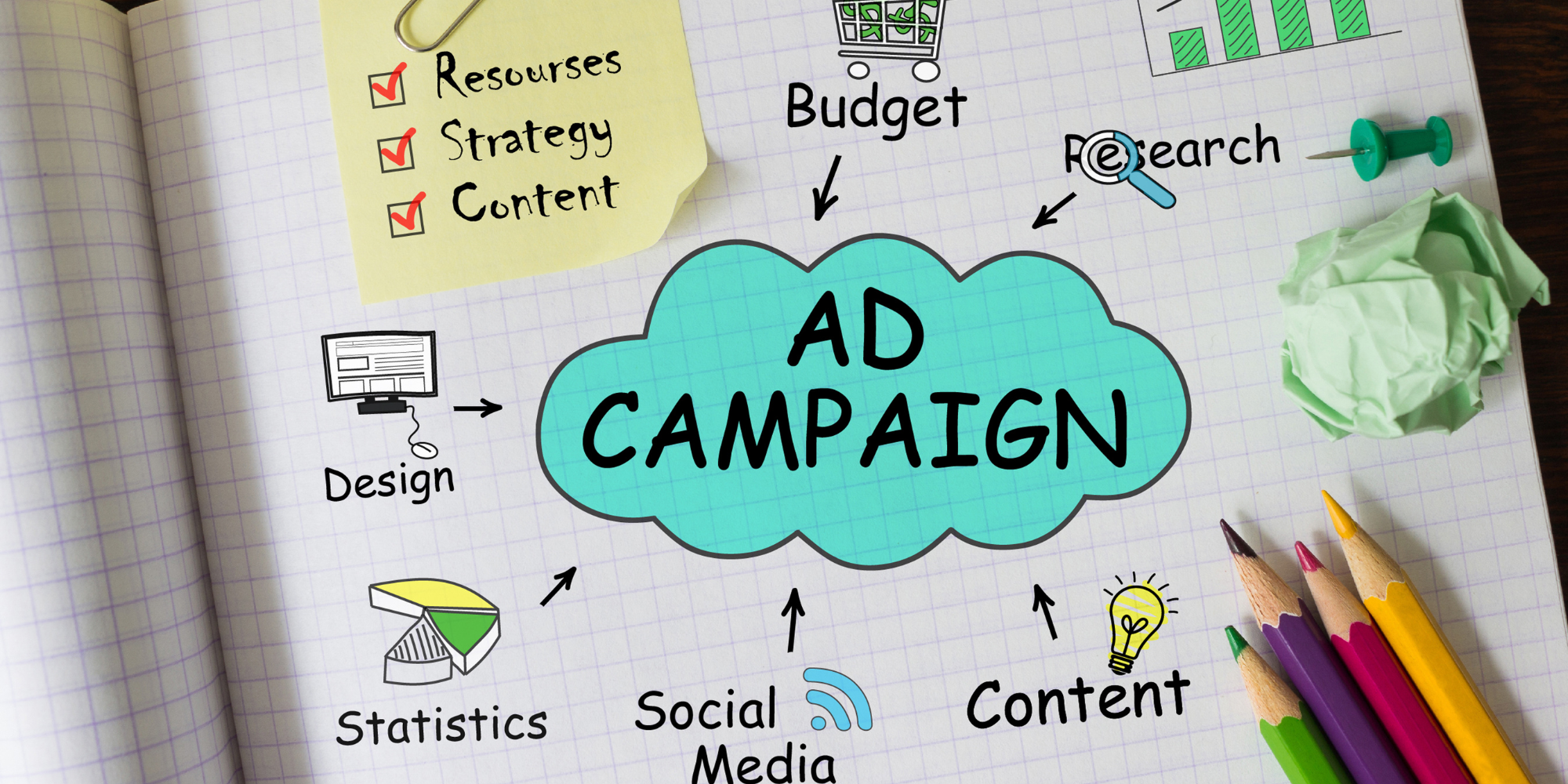
Create an Effective Google Ads Strategy in 4 Easy Steps
Benefits of Advertising
Advertising has been around for quite some time now. In fact, the first advertisement was developed in Egypt dating as far back as 3000 B.C. Although advertising has existed for a while, it has drastically changed throughout the years. From print advertising that started in the 1700s to the first digital advertisement produced in 1994, advertising has come a long way, and Google took that a step further when they launched Google Ads in 2000.
When looking to advertise, it’s important to consider all possible outlets, Google being one of them. Google Ads are extremely beneficial for many reasons:
- Google has a massive reach and approximately 246 million users in the United States.
- Google’s targeted ads allow you to choose the type of people you want to show your ad to and filter out those you don’t.
- Ad testing and experiments are easy to implement through the Google Ads Manager.
- Google delivers fast results with high ROI potential.
- Google’s PPC (pay per click) advertising method allows you to only pay if your ad is clicked on, not for impressions.
Now that we have covered some benefits of advertising with Google, here are four simple steps to create your own Google Ads strategy.
Step 1: Identify Your Campaign Objectives
What’s the Point?What is the main goal of your ad? Whether it is driving more traffic to your website, increasing call volume, or grow online purchases, you must first define the purpose of your campaign.

Step 2: Define & Understand Your Audience
Who Should See Your Ad?Next, define who you would like to show your ad to. This is your target audience; those who will benefit most from seeing your ad
Understand Your Audience’s BehaviorCompile a list of adwords and phrases your target audience might search to find your products or services. Next, use a keyword planning tool to narrow down commonly searched keywords in the areas you want to target.
Step 3: Create a Google Ads Campaign
Choose a Campaign TypeTo create a campaign, you must first decide which campaign type is right for your goals. For example, search campaigns show a narrower audience who is more likely to make a purchase, because they are already searching for something like your product or service. Display campaigns, on the other hand, can reach a larger audience, who are not as likely to purchase yet, if your goal is to create more brand awareness.
Select a Bidding StrategyChoose what you want to pay for. Google allows you to choose between clicks, impressions, conversions and views. This is a key part in the Google ads strategy to ensure you are only paying for the results centered around your goal. For example, if your goal is to increase website traffic, you would want to choose the pay per click bidding strategy. This way you aren’t paying every time someone sees your ad; you only pay when your ad is clicked, and someone reaches your website from the ad.

Step 4: Track and Optimize Your Google Ads
Once your campaign is live, you aren’t finished! A large part of advertising is tracking results from your ads, making changes when necessary, and optimizing for better performance. It’s important to keep an eye on your campaign throughout the lifetime of your ads.
When it comes to Google Ads, don’t be afraid to experiment. Testing different phrases, words, and creative will help you gain a better understanding of what works and what doesn’t for your audience.
